The Wrens are a group of small songbirds in the Troglodytidae family. Within the Wren family, there are at least 88 different species, which researchers divide into 19 different taxonomic genuses.
They are small birds with big vocal cords, and the various species sing a wide variety of songs! Most of these little songbirds have short wings and long tails. Read on to learn about the Wren.
Description of the Wren
These little birds vary in size and plumage, but they are all quite similar in shape. They have small, round bodies with short wings and relatively long tails. Different Wren species are different sizes, though they range between three and nine inches long. The largest weigh around one and a half ounces, but most weigh only about half an ounce.
Interesting Facts About the Wren
There are many different species of Wrens that live across North, Central, and South America. Learn more about some specific species and what makes them unique below.
- Winter Wren – This species is the smallest of the Wrens at just 3 or 4 inches long. For such a tiny bird, they belt a heck of a loud song. For their size, Winters are 10 times louder than roosters.
- Cactus Wren – Like their name suggests, Cactus Wrens like living in arid habitats with cacti. They live in the southeast United States and Mexico. Deserts can be extremely dry, which is why these birds get most of their water from the insects and fruits that they eat.
- Rock Wren – No, the Rock Wren isn’t a fan of hairbands. Their name comes from their preferred nesting habitat of rock crevices. This species even builds a sidewalk to their nests out of small stones. Researchers are not exactly sure why they build this path.
- Canyon Wren – This species lives in areas with a wide variety of rock crevices, canyons, and other stony areas. These birds even have a special flattened head and modified backbone so that they can reach into narrow cracks and holes to snag prey.
Habitat of the Wren
These little birds live in an immense range of different habitats. The different species live across a vast range of land, and across that range they forage and nest in many different types of ecosystems.
Some of the different habitats that they utilize include deserts, canyons, open woodlands, dense forest, tropical rainforest, meadows, wetlands, and more. Some species of Wrens also live in more urban areas, like farms, pastures, parks, and backyards.
Distribution of the Wren
The many different Wren species live across a vast range. The northernmost expanse of their range stretches into Canada and Alaska. They also live throughout North America, Central America, and South America.
One species, the Eurasian Wren, also lives in Eurasia and northern Africa. Each species has a different distribution, and some populations overlap with the populations of other species.
Diet of the Wren
Depending on the species, Wrens are either omnivores or insectivores. Some species feed primarily on insects, while other species eat insects and a variety of plant matter. Researchers have not thoroughly studied every species of these birds, as some live in dense, inhospitable rainforest.
Some of the different things that we know these birds eat include seeds, berries, nuts, spiders, ants, flies, beetles, snails, lizards, frogs, and more. Larger species catch larger insects and invertebrates, while smaller species eat smaller insects.
Wren and Human Interaction
Human impact on Wrens varies greatly from species to species. For some species, human interaction is actually beneficial, and people leave birdseed for the birds to eat. Many of the different species have healthy populations, and human interaction does not impact them.
However, human interaction does threaten several Wren species. For example, the IUCN lists the Santa Marta Wren of Columbia as Critically Endangered due to deforestation.
Domestication
Humans have not domesticated Wrens in any way.
Does the Wren Make a Good Pet
No, these birds do not make good pets. Even though they are small and cute, they are wild birds and are not good household pets. In most places, it is illegal to own a Wren as a pet.
Wren Care
Some Wrens are common in zoos. Other species have never lived in zoos, and researchers know very little about them. Most species thrive in large aviary style enclosures, and live with a variety of other species. their aviaries contain a wide variety of trees, shrubs, and other plants to forage in.
Their diet varies based on the species, and usually replicates their wild counterparts’ diet as closely as possible. Some of the different foods zookeepers feed them include seeds, berries, nuts, mealworms, crickets, insect larvae, and pelleted insectivore diet.
Behavior of the Wren
Most Wrens are diurnal, and active during the day. Their behavior varies greatly by species. Some are outgoing and live in areas close to human habitation. Others live deep in dense forests, and humans rarely see them.
Their social behavior also varies greatly. Many species live primarily in pairs, while others live in flocks. During the breeding season, most species are territorial of the area around their nest. Some males breed with several different females within their territory.
Reproduction of the Wren
Different species of Wrens have different reproductive rates. Some species are monogamous, and breed with only one partner for a season or for life. In other species, males breed with several different females.
Females lay an average of between four and six eggs per clutch. Incubation duties vary based on the species. The incubation period usually lasts around two weeks. The chicks begin learning to fly when they are between two and three weeks old. Most chicks are independent soon after they begin flying.
Beliefs, Superstitions, and Phobias About the Wren
These birds are present in a number of different cultures. In Europe, the Eurasian Wren is a symbol of good luck, and killing one brings bad luck. In fact, in some regions of Ireland the locals celebrate “Wren Day.” The Carolina Wren is also the state bird of South Carolina, and these birds are featured on the state quarter.

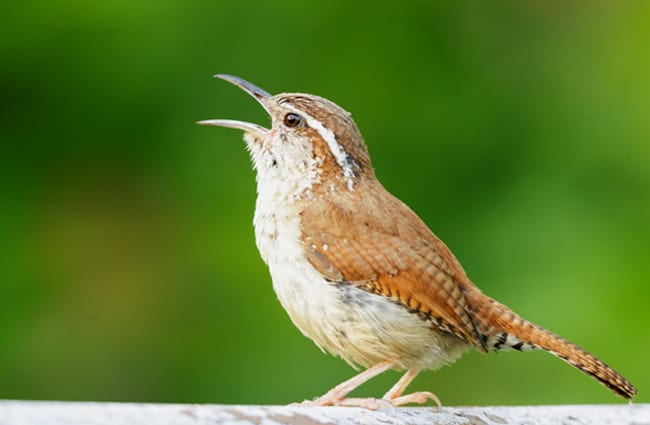
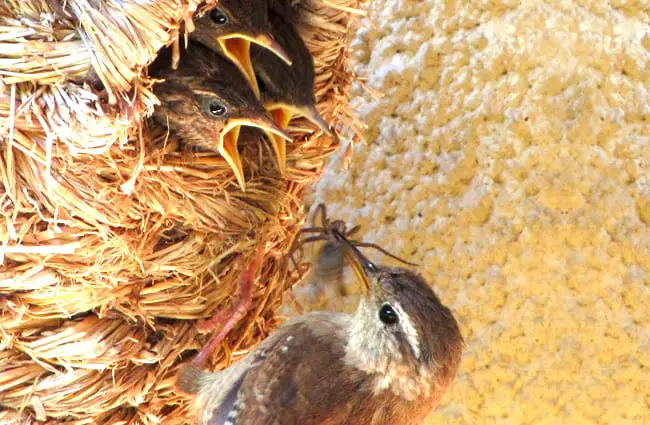
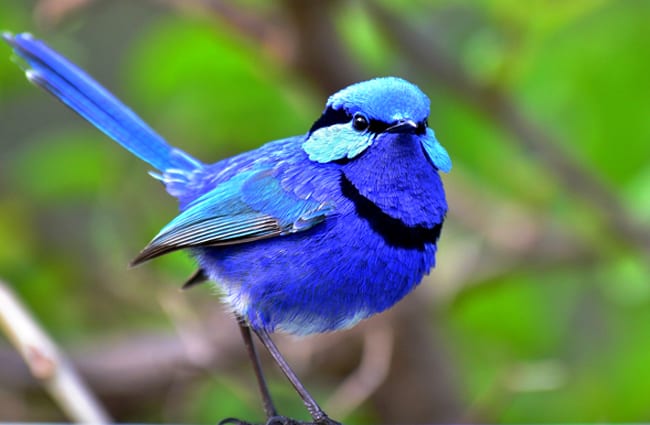
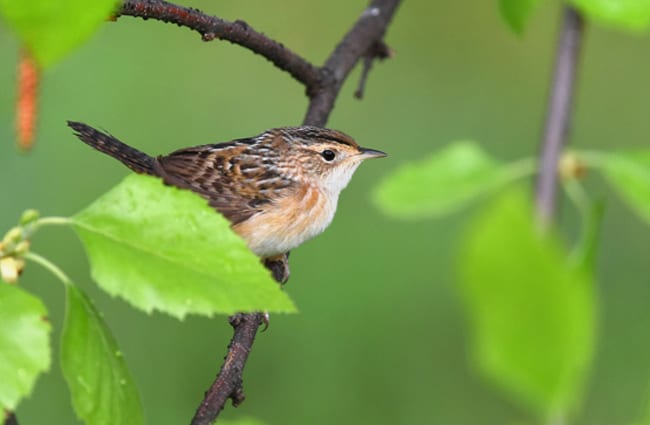

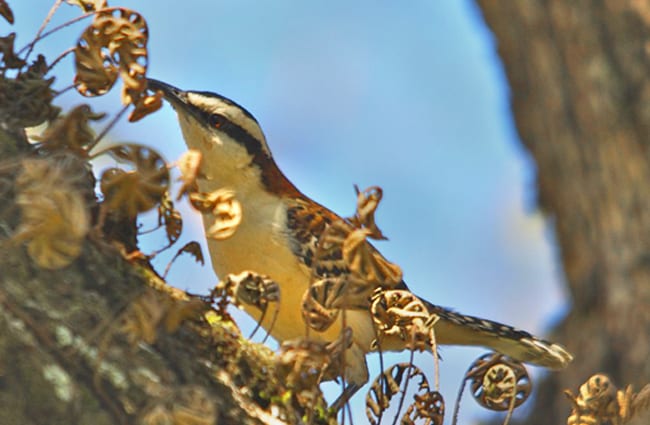

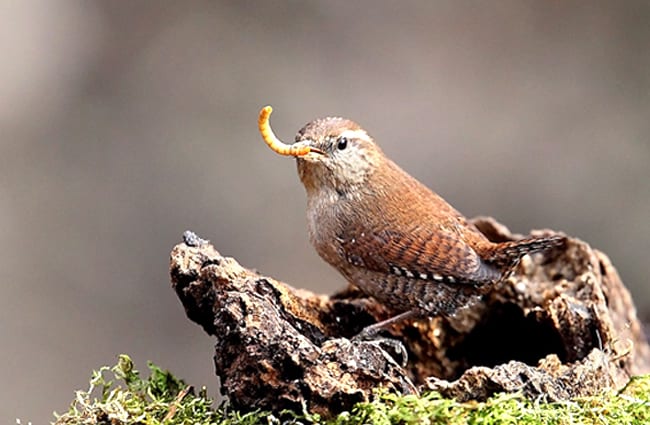
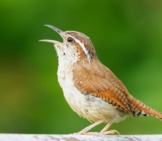

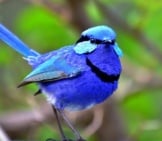
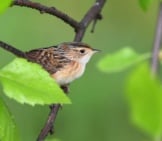

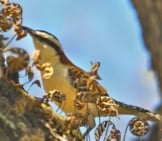
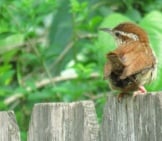

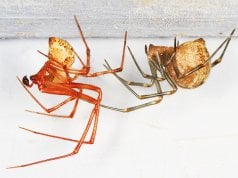
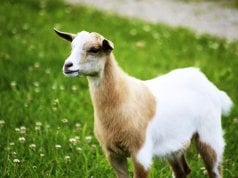











![Red Angus Closeup of a beautiful Red Angus cowPhoto by: U.S. Department of Agriculture [pubic domain]https://creativecommons.org/licenses/by/2.0/](https://animals.net/wp-content/uploads/2020/03/Red-Angus-4-100x75.jpg)

